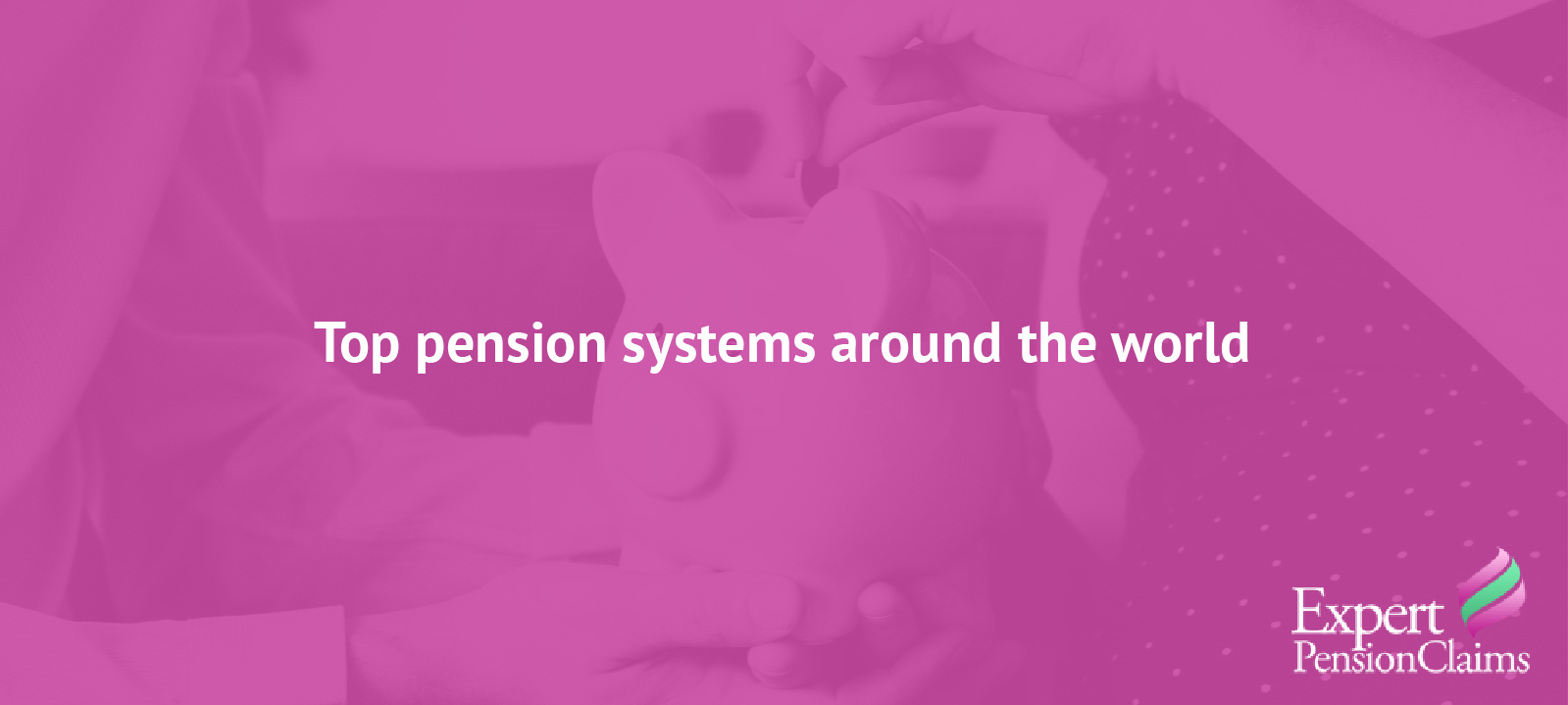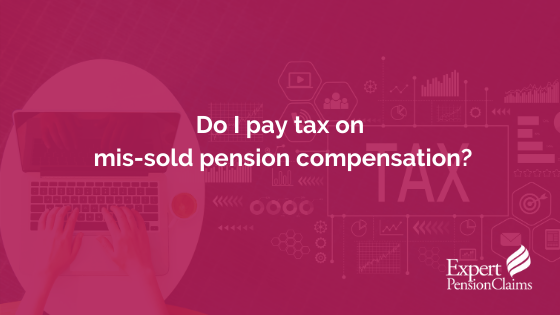In the United Kingdom, we are fortunate enough to have a comprehensive and secure pensions system that looks after us once we have retired. It has become a firm UK institution that the majority of our population have always had a great deal of confidence in (despite the rise in pension claims over the years).
However, despite our confidence, it doesn’t mean that our pensions system is the best in the world. There are other pensions models, from the USA to Australia, that are set up differently to the UK. Sometimes, they are set up better.
We’ve gathered together some of the highest-ranking pensions systems in the world. These are systems that work effectively to save the most money for workers, and are the most beneficial in the long-term. Take a look.
How we’ve worked it out…
Before we begin, it makes sense to explain exactly how we have worked it out. The Melbourne Mercer Global Pension Index (2019) is an industry-renowned index of pensions systems from the Americas, straight across Europe and through Asia. In collaboration with global pensions consultant Mercer, the index ranks pension systems on their sustainability, integrity, and adequacy.
While the Global Pension Index looks at 31 systems across the world, in this article we’re going to give you the top 10. Click the link above to see the full list.
1. Netherlands’ Pension System
Coming on top is the Netherlands, with a flat-rate public pension whereby the employer multiplies the employee’s time of service by a predetermined flat rate. Employees in the Netherlands are also eligible (it’s actually ‘semi-mandatory’) for an occupational pension which is linked to earnings and any industrial agreements. These ‘defined benefit’ plans are industry-wide and associated with a vast range of workplaces.
The Netherlands’ retirement age is currently 65 but is expected to increase to 66 by the end of 2020.
2. Denmark’s Pension System
Denmark excels in numerous areas of government and society, one being their excellent pensions system. Their standard pensions setup is a public pension system, which is supplemented by a pension benefit scheme tied to employee income. There is also a defined contribution plan with handsome contributions fully funded by the government and, if all that weren’t enough, mandatory occupational pension schemes (these, however, are limited to certain industries).
Denmark’s retirement age is currently 65.
3. Australia’s Pension System
Australia’s pension system is regarded as one of the best purely because of its options. Not only are workers eligible for a means-tested age pension scheme, they also benefit from mandatory contributions made by employers into private-sector plans.
Pensions in Australia are made up of three pillars: the first is the means-tested ‘age pension’ scheme that comes with basic benefits. The second pillar is considered the cornerstone of Australian retirement and consists of individual pension accounts funded by a superannuation (a pension program set up by companies). Australia’s third pension pillar related to the second, with individuals paying into their superannuation funds (or, alternatively, Retirement Savings Accounts).
Australia’s retirement age is currently 66.
4. Finland’s Pension System
In Finland, pensions consist of two main schemes: the National Pension public plan and a compulsory occupational pension. The National Pension works to secure a minimum income for low-income retirees and provides a flat rate of 20% of Finnish average wages. The occupational pension – regarded as the backbone of the Finnish pension system – is a combination of ‘pay-as-you-go’ financing and is government-funded.
Finland’s retirement age is currently between 63-68.
5. Sweden’s Pension System
Unchanged since the last legislative reforms in the 1990s, Sweden’s pension system represents a departure from pension norms in Europe due to its social security contributions. These contributions are paid into individual investment accounts, while a funded pension is built up with independent fund management companies who handle the asset management.
There is also an additional occupational pension that is mandatory and aimed at employees in industries backed and supported by nationwide collective bargaining agreements (a process which working people liaise with their unions to negotiate their terms of employment).
Sweden’s retirement age is currently 65.
6. Norway’s Pension System
Norway is another country defined by a flat-rate pension scheme for all those working in the country, as well as those who have lived in Norway for over a year. Accompanying this scheme is a mandatory occupational pension and a unique personal pension savings arrangement. What makes Norway’s pensions so unique is that the pensions market is so small and it is mostly made up of insurance products. In fact, around 75% of private pensions in Norway are funded solely by insurance contracts, with the country’s top five insurance providers controlling 94% of the pensions market.
Norway’s retirement age is currently 67.
7. Singapore’s Pension System
As the oldest pension fund in Asia, Singapore utilises just one predominant pension scheme, called the Central Provident Fund. Employees rely on a single defined contribution fund in lieu of an established social security system. There is just one alternative reserved for some civil servants, named simply the Government Pension Scheme which is a non-contributory ‘pay-as-you-go’ system. For those in the armed forces, there is a dedicated Savings & Employees scheme.
The simplicity of Singapore’s pensions are its greatest strength, as it has gone unchanged for decades. Aside from various investment schemes that are not exclusive to the nation, Singapore’s workers are also eligible for the Supplementary Retirement Scheme, which does not require employee contributions and is, instead, based upon private contributions that come with numerous tax advantages.
Singapore’s retirement age is currently between 62-65.
8. New Zealand’s Pension System
The pensions situation in New Zealand is mostly dominated by the New Zealand Superannuation, a public pension scheme that looks to give workers social protection rather than simply replace earnings. In this way, the NZS differs from most other superannuation systems. It is also not eligible for anyone below the age of 65.
There are also various private-sector pension schemes, as well as the unique KiwiSaver (a voluntary work scheme meant to ‘top-up’ overall retirement savings. If you’re a new employee, you are automatically enrolled into KiwiSaver. Then, a KiwiSaver provider is chosen and the employee will choose the kind of contributions they’ll make (usually between 4% and 8% depending on salary).
New Zealand’s retirement age is currently 65.
9. Canada’s Pension System
A combination of public and private pension schemes, Canada’s retirement finances are fairly straightforward compared to those of other countries. Half of all Canadians depend on the public pension system, which comprises two levels. First, the flat-rate pension relating to the Old Age Security program and, second, a pensions scheme for earnings relating to the Canada Pension Plan (which is mandatory). Residents who have lived in Canada for more than 40 years receive the full pension, and is reduced for those who have lived in Canada for fewer years.
Workers in Canada can also benefit from voluntary pension systems called Registered Pension Plans, and they’re contributed into by both employers and employees.
Canada’s retirement age is currently 65.
10. Chile’s Pension System
Chile’s pension system is dominated by the standard state pension, requiring mandatory membership from all employees. All pension funds consist of employer contributions and are deposited into pension fund administrators for when a worker is sick, becomes disabled, dies, or simply reaches old age (including retirement age). The amount each worker receives simply relies on years of service carried out by each individual.
It is a simple system that, like other countries, has received minimal legislative changes in recent years. To determine years of service and the amounts of capital owed, it is the pension fund administrator’s responsibility to invest the funds correctly, so that savings are secure for when they’re needed.
Chile’s retirement age is currently 65 for men and 60 for women.
Do you need to get in touch about your pension here in the UK?
As we know all too well, sometimes our retirement planning here in the UK can go awry. If you need expert assistance on checking if you have a claim and then making a pension claim, all you need to do is get in touch. Take a look at our customer testimonials and you will see why our service is so valued across the country. You can of course always make a claim yourself.
In the meantime, keep an eye on our blog section – it’s packed full of new and emerging news stories relating to the ever-changing pensions industry.
Expert Pension Claims is a claims management company. We do charge a fee for our services, but this is only if your claim is successful. We do not charge a cancellation fee. For more information, visit our fees page.














